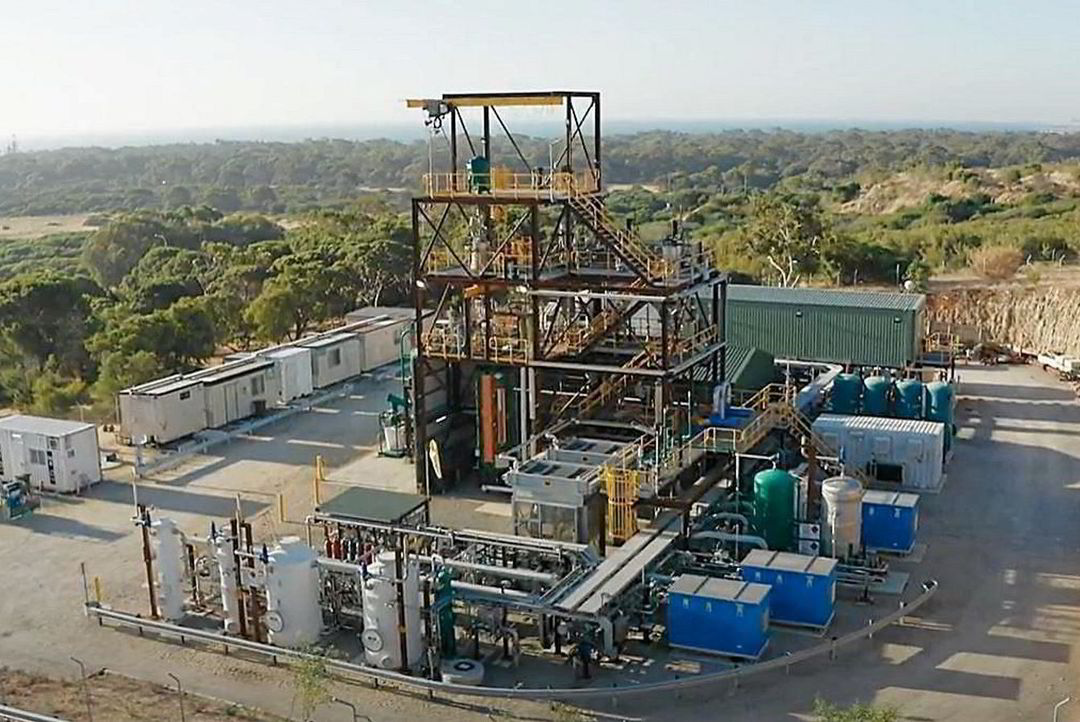Hazer Launches Commercial Demonstration Plant for Turquoise Hydrogen
The demonstration plant will produce 100 tons of “turquoise” hydrogen and 380 tons of synthetic graphite, a form of carbon, from natural gas on an annual basis.
The Hazer Group has announced the start-up of a commercial demonstration plant near Perth, Western Australia, that will use a proprietary process to produce “turquoise” hydrogen and solid carbon from natural gas. Producing zero CO2 emissions during the process, the plant is expected to generate approximately 100 tons of hydrogen and 380 tons of synthetic graphite per year.
“This is a landmark achievement for Hazer, as we realize the successful start-up of our CDP and the production of low-cost, low-emissions hydrogen and graphitic carbon utilizing our world-first pyrolysis technology,” said Glenn Corrie, CEO, Hazer. “As the team strive towards extended continuous operation of the plant in 2024, we are excited to build on this momentum for the next scale-up of the technology with our global partners in key markets, including North America, Europe and Asia.”
Turquoise hydrogen demonstration plant; Image Credits: Hazer Group

A final investment decision (FID) came in July of 2020, as the Australian Renewable Energy Agency partially funded the project with a grant of $6.14 million. The Hazer process heats natural gas to about 900°C inside a fluidized bed reactor in the presence of iron ore particles, but without air to prevent the formation of CO2. High-temperature heat breaks down the iron ore into nanoparticles and methane decomposes into hydrogen and graphite. This solid carbon forms a surface layer on the nanoparticles.
The turquoise hydrogen process produces a powder that is 80-95% graphite, which can be used in the manufacturing of lithium-ion batteries and sold for profit. Originally, Hazer planned to use biomethane at its pyrolysis plant to produce carbon-negative hydrogen, instead opting for turquoise hydrogen to benefit from low operating costs and the sale of solid carbon.
“This is an important juncture for Hazer commercialization strategy. Our pipeline of opportunities is growing and with our CDP proving our technology can operate at commercial scale, I’m confident that 2024 will open-up further demand for our disruptive technology that can provide clean hydrogen to accelerate global decarbonization,” said Corrie.